Las Lilas de Areco Museum: the art brings every painting to life
Diverse exhibitions, a traditional architecture and sound and light shows of Las Lilas Museum provide the guest with the opportunity to travel in time, through the eyes of the famous painter Florencio Molina Campos.
The museum and its origins
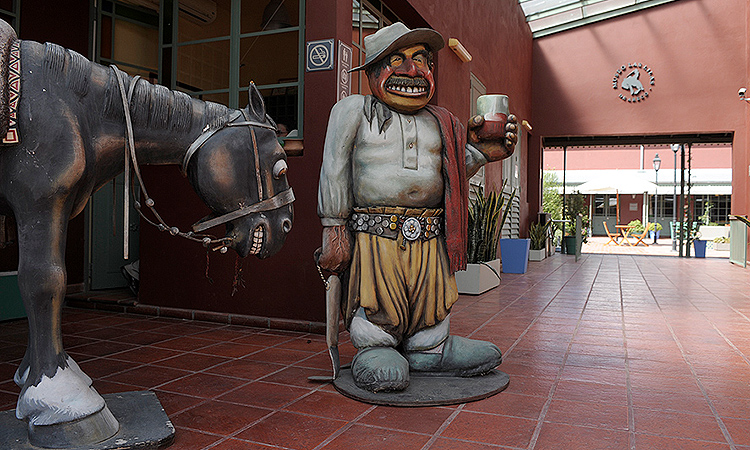
Las Lilas Museum is located in the historical center of San Antonio de Areco, in the old house of the family Pazzaglia, built more than one century ago by the Italian Domingo Pazzaglia and the Swiss Antonio Pallmer.
In 1888, they set up a blacksmith and repair workshop in the building that today accommodates the museum.
In 2006, Las Lilas Foundation purchased the property in order to build the museum. The renovation was headed by the architect and plastic artist Luis Fernando Benedit. The museum opened its doors to the public in April 2009.
The museum includes four rooms, with all a different theme, but always closely related to the customs and habits of Argentina. Movies, concerts and conferences are sometimes organized in the library, so as to allow the visitors to improve their knowledge about Molina Campos’ life, or about the history of the country.
The museum, room by room
- Paintings room
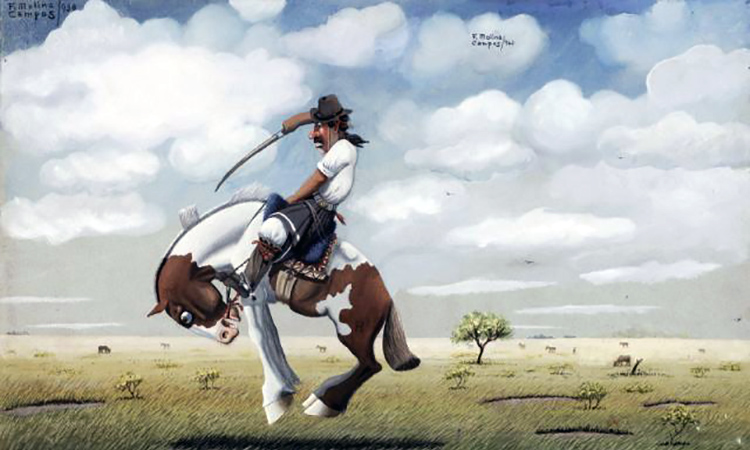
Las Lilas Museum offers a wide collection of authentic paintings made by the famous artist and painter Don Florencio Molina Campos. Two rooms are entirely dedicated to the exhibition of his paintings from the collection Alpargatas (Argentinian espadrille brand). Watercolors, badges, the artist’s belongings, as well as advertising posters are exhibited to the public.
- Sound & Light Show
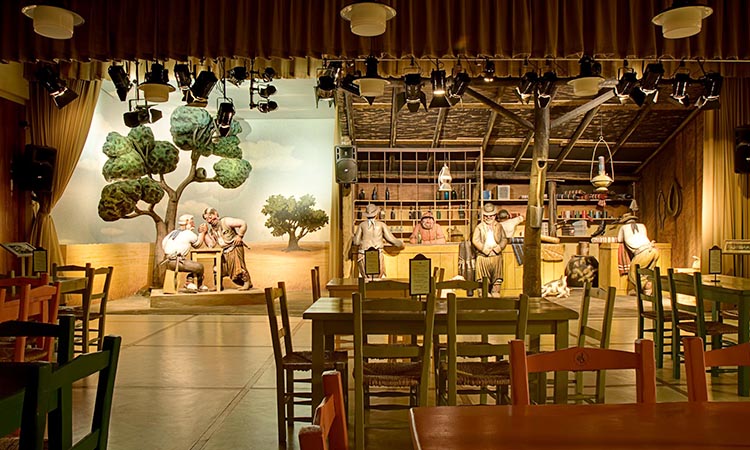
As you continue your visit, you are able to experience by yourself the scenes from everyday life painted by Molina Campos. Five scenes tell the daily life of the gaucho Tiléforo Areco, friend and main protagonist of the artist’s work. The voice-over is Luis Landriscina’s, and gives life to big statues, came straight out of a gaucho tale. The story told is based on Molina Campos’ own writings between 1934 and 1936. An unmissable show for your eyes and your ears.
- Horse-drawn carriages room
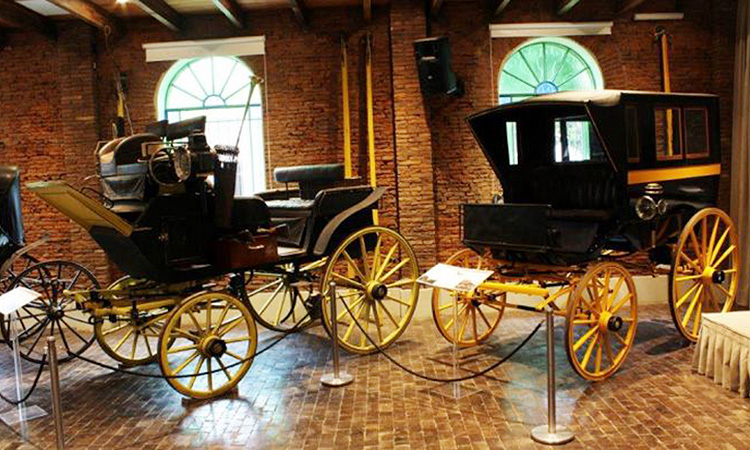
Travel in time at high speeds with the new exhibition of authentic horse-drawn carriages. Fully equipped, these vehicles used to be the most used mean of transportation in Argentina at the end of the 19th century until the early 50’s. Las Lilas Museum also offers to visitors the possibility to get lost among the many photographs in black and white, hanging from the walls, and representing diverse scenes from gauchos’ everydaylife.
- The Patio

Between the different rooms stands a little opened patio, in the center of which is a fountain designed by the Argentine artist Luis Benedit. This little piece of heaven is surrounded by a flowered garden. The guests are provided with the chance to rest between two exhibitions, or to get a hot drink in the Cafeteria. It is also in this patio that traditional peñas are performed; as well as folkloric dances and local food degustation, several times in the year.
Who is Florencio Molina Campos, Las Lilas’ star?
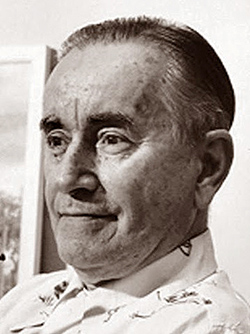
Florencio Molina Campos is an Argentinian artist, born in 1891. He is a passionate lover of art in all its forms and is wonderfully imaginative. Child already, he used to be fond of drawing. When being on holiday in one of the estancias in the Pampas owned by his family, he was particularly interested in stories linked to the campo. Moreover, he liked painting scenes from gauchos’ everyday life.
His first exhibition took place in 1926. It’s a great success and then he decided to dedicate himself to painting. More and more paintings were sold. He also entered into a contract with the Famous Argentinian Factory of Alpargatas (Argentinian espadrilles). His success crosses South-American boundaries and stretches to the United-States, his second home country. Florencio Molina Campos died in 1959 in Argentina, leaving behind him a weighty heritage.
The creation of this museum allowed the dissemination of the master work of Molina Campos throughout the ages and throughout the countries. San Antonio de Areco, also known as the Capital of Tradition and the cradle of the country’s traditions, is the ideal place to arouse interest in the local, regional and international community: an immersion at the heart of the culture of Argentina and of the different cultures genres and artistic expressions from pre-Columbian times to the present day.






